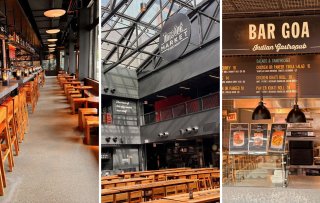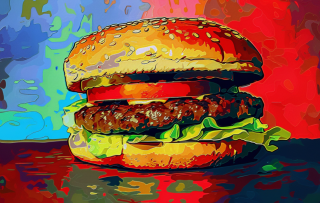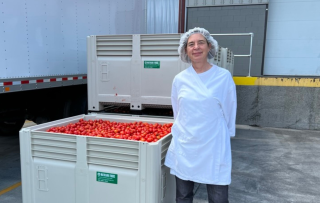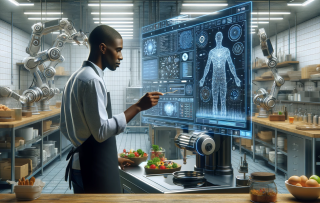ChatGPT has been a significant presence for just over a year. Food innovator and generative AI expert Steve Gundrum, Chief Creative Officer at Mattson, was among ChatGPT's early testers before its launch in November 2022. He firmly believes in AI's transformative potential across all aspects of life. He notes, "Generative AI excels at food and beverage." Gundrum outlines six ways AI will enhance job functions within the food industry.
This article is part of a two-part series. Read also part one: Why every food professional needs to work with AI
Steve Gundrum is Chairman and Chief Creative Officer at Mattson, a food innovation company. With over 40 years of experience, Mattson combines trend forecasting, market research and product development to create successful products for customers in the food industry. Together with Cornell University, Mattson has recently launched Mattson AI Lab@Cornell for ongoing AI research.
1. Shaping menu mix strategy
Chefs and restaurateurs can leverage AI to refine their menus and optimize their menu mix. AI aids the generation of creative recipe ideas or preparation methods tailored to specific ingredients and cuisines. It can modify existing recipes, offering new and improved versions — for instance a recipe could be created or modified to minimize food waste. AI’s role extends to product comparisons and the creation of alternative dishes, such as vegan, more nutritional, allergen-free or sustainable options. With sustainability modeling, AI can perform complex evaluations of different products or dishes based on selected parameters (e.g. carbon footprint, water use, food miles), offering recommendations to boost overall sustainability without compromising flavor.
2. Enhancing food choices and on-site experiences through verbal prompts
In the future, consumers, beyond the early adopters, will likely use generative AI apps or tools via voice commands on their handheld devices. These tools could assist them in understanding menu items, especially unfamiliar ingredients and shaping their dining experiences. They'll use AI as their personal assistant to help them understand whether they might enjoy it or not. This tool will be especially beneficial to them if they've allowed their AI assistant to remember all the previous queries and prompts. That would be a future application, where it would help influence and shape their experience. I think in the same way we might use an iPhone to talk to Siri for simple AI queries, people will use their handheld devices and choose whichever large language model they want to interact with.
3. Visualizing new menu items using generative image AI
Generative image creation is soon expected to be a staple for content creation, allowing for rapid visualization of ideas. While basic generative image skills can be acquired by many professionals, transforming a rough draft into a final product still requires specialized design expertise. This technology is used for everything from initial protoconcepting to visual exploration of concepts and visualizing entire product lines from launch to second and third generations.
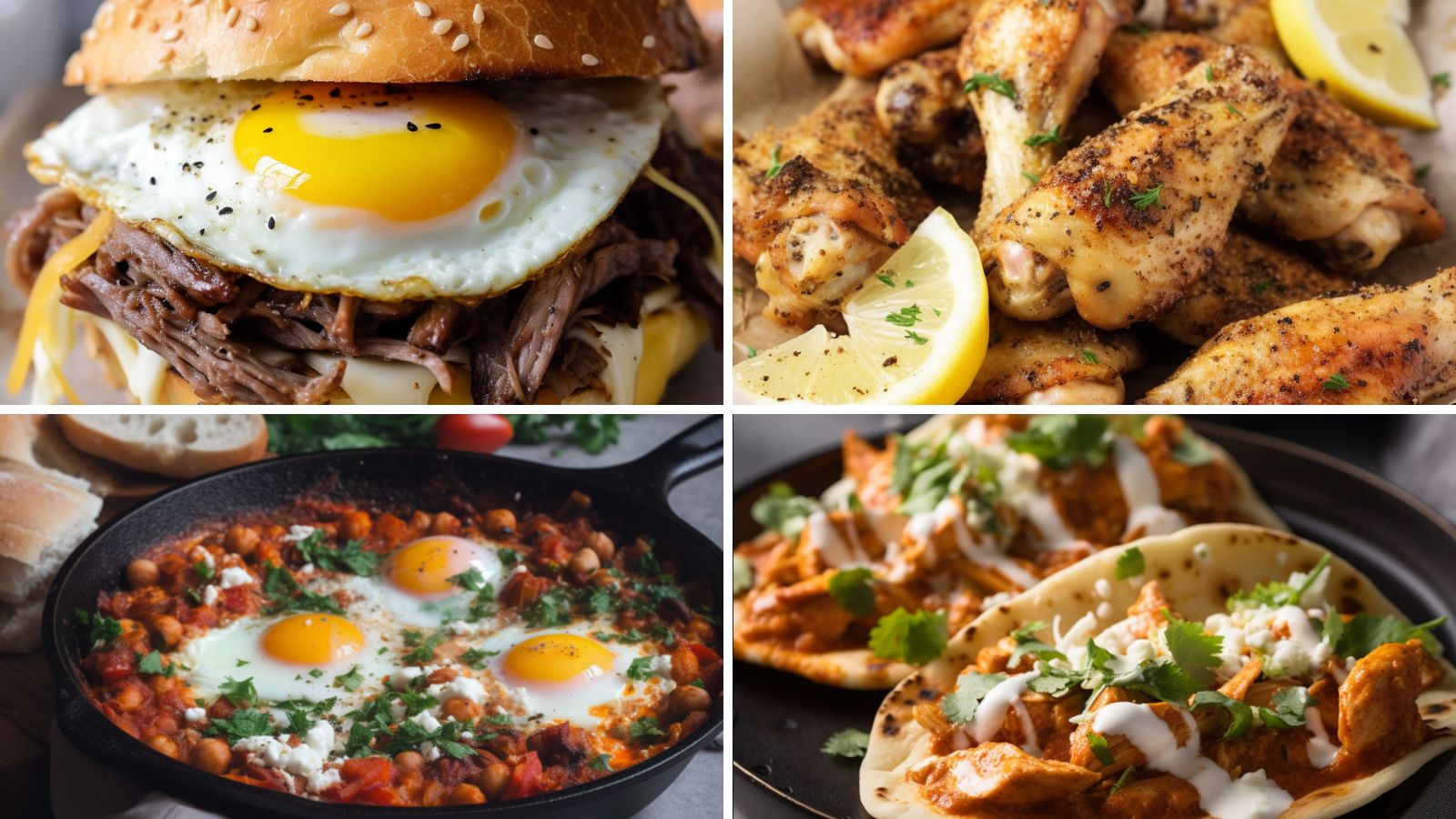
4. Personalizing offers in quick service restaurants (QSR) and drive-thrus
The intertwining of AI with loyalty programs and limited time offers (LTOs) is reshaping the QSR landscape. Mattson's recent ProtoThink LTO™ leverages AI for novel LTO creation. When consumers allow food businesses to process their historical ordering data they can get personalized suggestions based on their preferences. AI can adjust menu offerings based on factors like current weather, previous orders and even health goals — providing a more tailored and engaging customer experience.
5. Menu planning for events
AI can be invaluable for event catering. It is common to have a themed menu that links to the event content or to cater to the needs of a targeted audience. All too often, there are all types of dietary preferences that must be considered. By inputting detailed prompts about the event theme and dietary preferences and restrictions, AI can suggest innovative and appropriate menu items, from gluten-free pizza crusts with unique toppings to dish recommendations. These suggestions can serve as a jumping off point for chefs and event planners.
6. Gaining deep insights into consumer behavior
Product developers, food startups, and marketers can utilize AI to gain deep insights into consumer behavior. AI democratizes access to insights at a remarkably low cost. Mattson’s Deep Field IQ™ approach, for instance, employs AI to identify consumer segments and create food-centric personas, to gain deep behavior insights. AI’s ability to tap into vast data sets, as opposed to limited consumer studies, provides more reliable and extensive information, revolutionizing qualitative research and decision-making processes.
In summary, generative AI is poised to revolutionize the food service industry by enhancing menu planning, personalizing customer experiences and providing deeper insights into consumer behaviors. This advancement necessitates a shift in how industry professionals approach their roles and interact with technology.
.jpg-28x28.jpg) Written by
Written by 
.jpg-300x300.jpg)
.jpg-50x50.jpg)
















